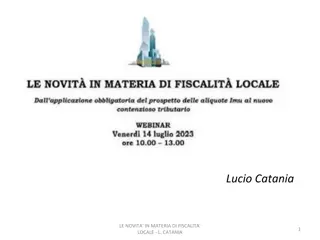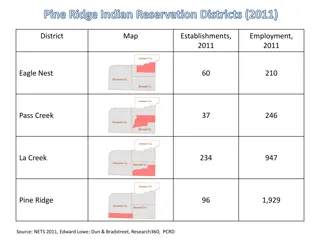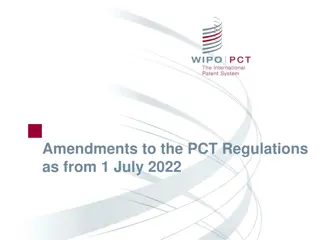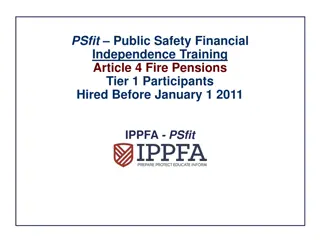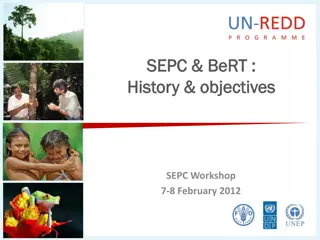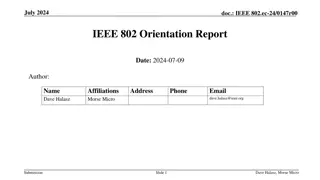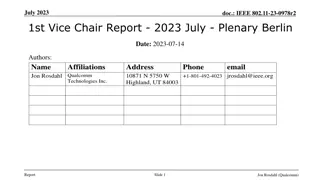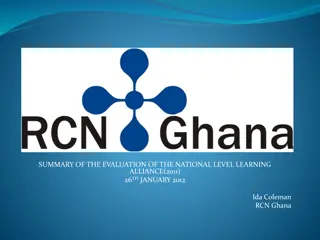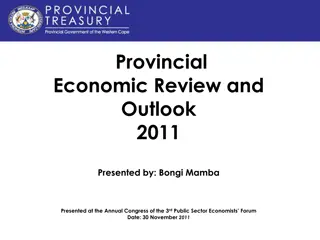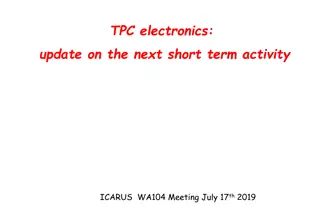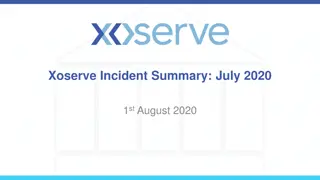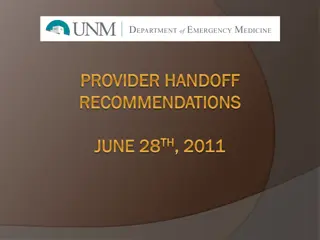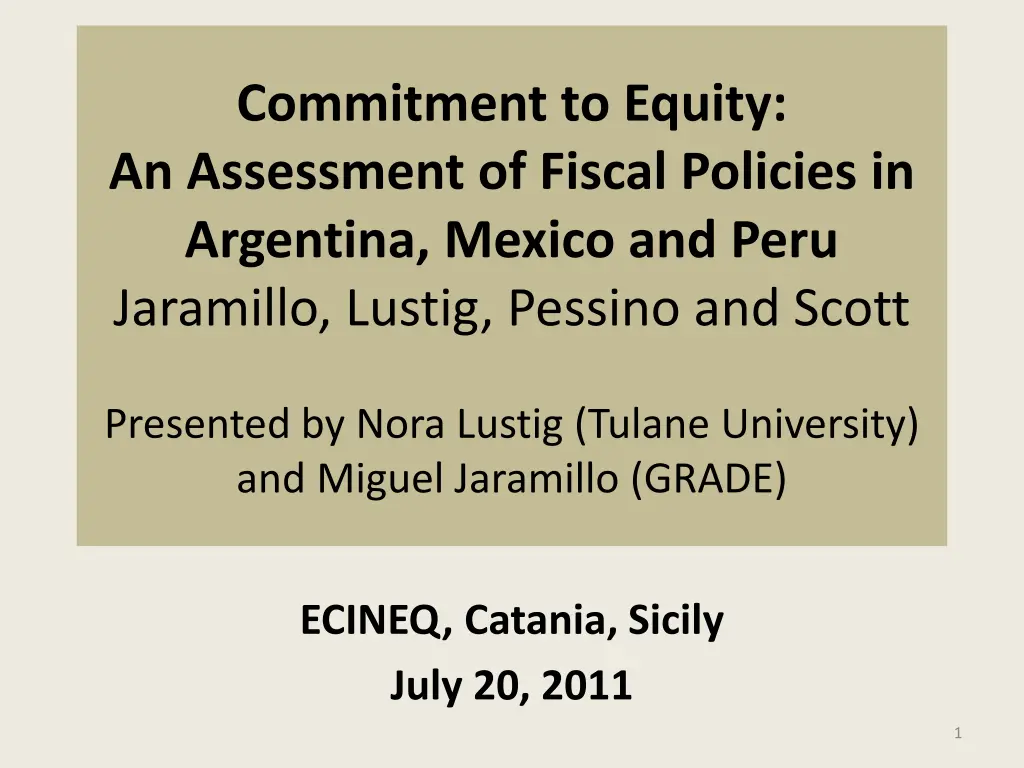
Assessment of Fiscal Policies in Argentina, Mexico, and Peru
Explore the Commitment to Equity Assessment and its application in analyzing fiscal policies in Argentina, Mexico, and Peru. Understand how the assessment framework aims to reduce inequality, support a minimum living standard, and ensure macroeconomic stability and growth.
Download Presentation

Please find below an Image/Link to download the presentation.
The content on the website is provided AS IS for your information and personal use only. It may not be sold, licensed, or shared on other websites without obtaining consent from the author. If you encounter any issues during the download, it is possible that the publisher has removed the file from their server.
You are allowed to download the files provided on this website for personal or commercial use, subject to the condition that they are used lawfully. All files are the property of their respective owners.
The content on the website is provided AS IS for your information and personal use only. It may not be sold, licensed, or shared on other websites without obtaining consent from the author.
E N D
Presentation Transcript
Commitment to Equity: An Assessment of Fiscal Policies in Argentina, Mexico and Peru Jaramillo, Lustig, Pessino and Scott Presented by Nora Lustig (Tulane University) and Miguel Jaramillo (GRADE) ECINEQ, Catania, Sicily July 20, 2011 1
Outline Motivation What is the Commitment to Equity Assessment (CEQ)? CEQ in Practice: Highlights for Peru 2
Background Joint project Commitment to Equity Assessment (CEQ); Inter-American Dialogue and Tulane University s CIPR and Dept. of Economics Background paper: Lustig (2011) Commitment to Equity Assessment (CEQ) A Diagnostic Framework to Assess Governments Fiscal Policies, Dept. of Economics, Tulane University, Working Paper 1119, April 3
Motivation Go i et al. (2011): in fifteen European countries the average Gini coefficient for market (before direct taxes and transfers) income declines by 15 ppts for disposable income (from .46 to .31) In contrast, six largest Latin American countries (Argentina, Brazil, Chile, Colombia, Mexico and Peru) the Gini declines by only 2 ppts (from .52 to .50) When you factor in the effect of indirect taxes, redistributive effect is tempered but contrast still striking: Gini declines by 12 ppts in Europe and only 1 ppt in Latin America 4
Motivation Using Engel et al. s (1999) analytical framework, Go i et al. conclude lower fiscal redistribution in Latin America is a result of low tax revenues and -- above all -- lower and less progressive transfers The neutral or even regressive incidence of the tax system (direct and indirect taxes combined) plays a secondary role The authors find that lower transfers are primarily due to the differences in revenue collection rather than the composition of spending (i.e., the share of spending allocated to transfers in the budget is similar between the two groups) 5
What is the Commitment to Equity Assessment? A diagnostic framework to evaluate: how aligned fiscal policies are with supporting a minimum living standard in ways that reduce inequality and are broadly consistent with macroeconomic stability, microeconomic efficiency and growth 6
Supportingaminimumliving standard poverty reduction: ensuring that everyone has a minimum level of consumption insurance: preventing individuals from falling (or falling further) below the minimum level of consumption due to adverse shocks, both idiosyncratic (unemployment, illness, bad harvests, etc.) and systemic (economic crises, natural disasters, spikes in food prices, etc.) income smoothing: ensuring that a minimum level of consumption is achieved throughout an individual s life- cycle (maternity/paternity leave and retirement, in particular) building poor people s human capital: ensuring that everyone has a minimum level of education and health. 7
CEQevaluateseffortsbasedonwhether governments: collect and allocate enough resources to support a minimum living standard for all: RESOURCES collect and distribute resources equitably: EQUITY ensure spending is fiscally sustainable and that programs are incentive compatible: QUALITY collect and publish relevant information as well as are subject to independent evaluations: ACCOUNTABILITY 8
CEQ: DiagnosticFramework Main question: Does a government make substantial efforts to support a minimum standard of living and build the human capital of the poor? Define substantial effort: after net transfers income and human capital poverty gaps are close to zero 9
Suppose, as in most developing countries, that the poverty gap is not close to zero In searching for the causes, we follow a logical sequence that will help us to identify the contributing factors and binding constraints. In middle-income countries, insufficient total fiscal revenues or social spending are not likely to be a cause for not bringing the poverty gaps close to zero. However Within social spending, fiscal resources that actually reach the poor may not be enough for at least three main and not mutually exclusive reasons: benefits to the non-poor are too high coverage of the poor is not universal average per capita transfers to the poor fall short 10
DiagnosticFramework In turn, for example, insufficient coverage could be caused either by design--that is, the range of existing programs leave some groups out intentionally (for example, undocumented migrants or working age able men are not eligible to receive transfers)--or true errors of exclusion. In turn, true errors of exclusion could be caused by failures in design or implementation, clientelistic politics, geographic isolation, high administrative costs, leakages, lack of accrediting documentation, self-selection, or other factors. 11
Policy Instruments Considered Monetary transfers In-kind transfers through the fully or partially subsidized provision of goods and services particularly in the area of education and health Subsidies to consumption goods and (some) production inputs when feasible Taxes on income, consumption and assets (including tax expenditures) when feasible 13
CEQ: What form does it take? Aquestionnaire whose underpinning can be found in: Economics of the welfare state Best practices in quality assurance and accountability Indicators derived from standard poverty and inequality analysis, fiscal incidence analysis and public finance It uses static incidence analysis; it does not include behavioral responses or general equilibrium effects (but they could be incorporated) 14
CEQ: Data requirements Household (Income/Expenditure)Surveys Detailed public sector accounts External information on macroeconomic sustainability, cost effectiveness, program evaluations, data accessibility and accountability mechanisms 15
CEQ: Indicators Calculate market, disposable, post-fiscal and final income (described below) Imputation methods for in-kind income (health and education services provided by government free or quasi free) Estimation of impact of indirect taxes (including tax expenditures) and subsidies requires consumption data at the household level Government Revenues and Redistributive Spending Calculate poverty gaps Estimate/calculate incidence of public revenues and spending 16
Definitions of Income Concepts TRANSFERS Market Income =ym Earned + unearned market incomes (monetary and non-monetary) before government taxes and transfers of any sort TAXES Includes Contributory Pensions - Direct taxes and employee contributions to social security Includes subsidized portion to Contributory Pensions Net Market Income= yn + Direct monetary transfers Disposable Income = yd + Indirect subsidies (including indirect tax expenditures) - Indirect taxes Post-fiscal Income = ypf + In-kind taxes, co-payments, user fees and participation costs In-kind transfers - Final Income = yf 17
CEQ in Practice 9 countries: Argentina, Bolivia, Brazil, Costa Rica, Guatemala, Mexico, Paraguay, Peru and Uruguay Most advanced: Argentina (Carola Pessino), Mexico (John Scott) and Peru (Miguel Jaramillo) Highlights of Results for Peru (Encuesta Nacional de Hogares, 2009) 18
Grazie! 49

